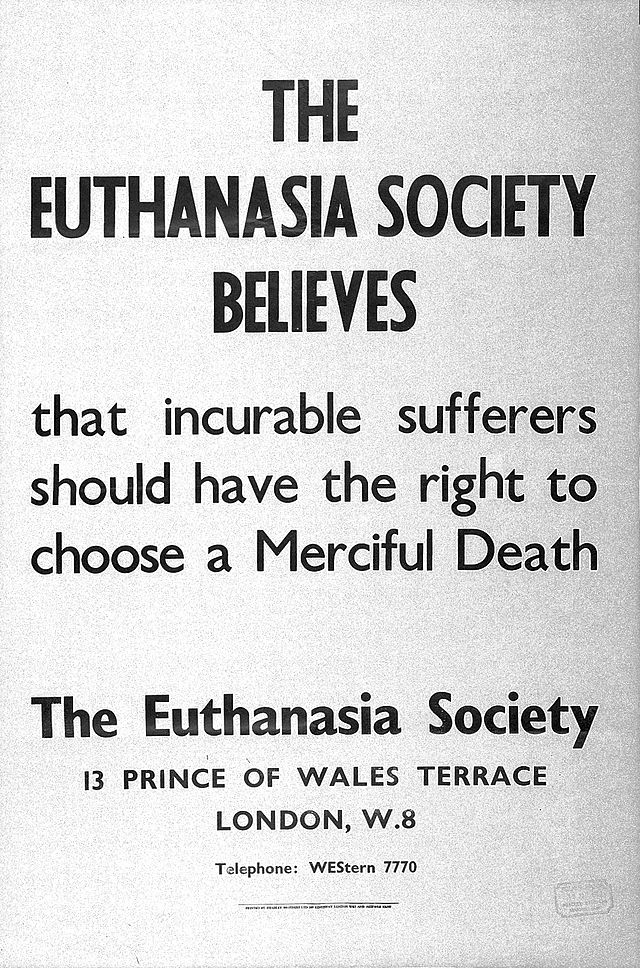
Analysing Passive Euthanasia.
By Anchal Singh
The author is a first-year law student at Chanakya National Law University Patna.
INTRODUCTION

Indian constitution under article 21 guarantees or ensures the right to life to every individual. It states that no person shall be deprived of his/her life except according to the rule set up by the law. And this right is available to both the citizens residing in India and outside India. But the question arises whether it can be inferred from Article 21(i.e right to life) that the right to life includes the right to die. The apex court in Aruna Ramchandra Shanbaug v. Union Of India tried to define whether the right to live with dignity includes the Right to die if a person chooses to end his life? The Apex court through this judgment allowed passive euthanasia but rendered active euthanasia invalid.
Essential details of the case
Case Citation: (2011) 4 SCC 454
Petitioner(s): Aruna Ramchandra Shanbaug v. Union Of India
Respondent(s): Union of India and others
Concerned Statues and Provisions: article 21, article 226, article 32
Bench: Markandey Katju, Gyan Sudha Misra
Date of Judgment: 07 March 2011
The facts of the case
In this case, the petitioner, Aruna Ramchandra Shanbaug, was a nurse serving in King Edward Memorial Hospital, Parel, Mumbai. In November 1973, one evening she was attacked by a ward boy named, Sohanlal Bhartha Valmiki, who worked in the same infirmary, while she was changing her dress in the hospital basement. That attack was an attempt to rape, but as soon as he found that she was menstruating, he sodomized her. And later, he strangulated Shanbaug with a canine chain, choking her. Also, the assault removed the oxygen supply from her cerebrum and left her visually impaired, hard of hearing, incapacitated, and in a vegetative state for the following 42 years. From the day of the attack, till the day she kicked the bucket on May 18, 2015, Aruna could just make due on pounded food. She was unable to move her hands or legs, couldn’t talk or play the basic function of a person.
Issues dealt in the case
The following issues were raised:
- As the victim was in Permanent Vegetative State (PVS) and had no chance of recovery, the prayer of the petitioner was to let her die peacefully.
- On the off chance that the patient has recently communicated a wish not to have life-supporting medicines in the event of purposeless consideration or a PVS, should his/her desires be taken into account when such circumstances emerge?
- If an individual has not recently communicated such a wish and his family or the closest relative causes a solicitation to stay in or pull out of vain life-supporting medicines, should their concerns be regarded?
THE JUDGEMENT
The bench, headed by Justice Markandey Katju and Justice Gyan Sudha Mishra held the historic judgment on March 7, 2011. The court looked upon the report of the doctor and the definition of brain health under the Transplantation of Human Organ Act, 1994. The victim was not brain dead, she could lead a human life. So, taking her life would be a violation of Fundamental Rights.
This right to decide on her behalf was in the hand of the management and staff of KEM Hospitals. She was surviving on techniques or methods that KEM Hospital used, to support her.
The Supreme court, in this case, allowed passive euthanasia and held that active euthanasia is illegal. But this approval requires the high court to follow the due procedure. Before giving the judgment, the High Court should consult a committee headed by three prominent doctors, nominated by the bench after the consultation of medical authorities/medical practitioners, as it may deem fit. After hearing the committee of doctors, the High Court Bench will give notice to the State and direct relatives for example guardians, life partner, siblings/sisters, and so forth of the patient, and in their absence, his/her next companion, and supply a copy of the report of the Doctors’ committee to them, as soon as possible. After hearing them, the High Court bench should give its decision. The above methodology ought to be followed all over India until Parliament makes laws regarding this matter.
But in this case, the court did not allow euthanasia as it was not valid. And if the staff of KEM Hospitals feels the same, they can approach the High court according to the procedure.
This case clarified the issues revolving around euthanasia and also laid down the guidelines concerning passive euthanasia. Alongside, the court also made a recommendation to repeal Section 309 of the Indian Penal Code. This case is a landmark case as it prescribed the procedure to be followed in an area that has not been legislated upon.
CRITICAL ANALYSIS
In this case, the Supreme Court held that only passive euthanasia is allowed, but not active euthanasia. Active euthanasia entails the use of lethal substances to kill the person. E.g., lethal injection is given to a person suffering from horrible diseases while passive euthanasia entails withholding or withdrawal of medical treatment for continuance of life e.g., not giving the medicine that is directed for the patients. In this voluntary passive euthanasia, there is no issue. In non-voluntary euthanasia, there is the requirement of consent and therefore, there are some issues regarding it. The court, in this case, gave guidelines in the cases of passive non-voluntary euthanasia.
RIGHT TO DIE:
In the P Rathinam v. Union of India[1] case, the Supreme Court held that Article 21 of the Indian constitution that talks about the right to life also includes the right to die. But in the Gian Kaur v. State of Punjab[2] case, the Supreme Court overruled its previous judgment and held that the right to life is a natural right and suicide is an unnatural termination of life. Therefore, it is inconsistent with the right to life mentioned under Article 21 of the constitution. Euthanasia is the termination of the life of a person who is terminally ill or in a permanent vegetative state. In this process, natural death has already commenced and hence, these are not the circumstances where the right to life is violated. Therefore, it may come under the ambit of the right to life with human dignity. This may include the right of a person to die with dignity.
[1] 1994 AIR 1844, 1994 SCC (3) 394
[2] 1996 AIR 946
Read More at LAWOGS
OPINION: Social Media & Democracy – LAWOGS
Break the monopoly, choose the liberal path – LAWOGS Legal Nuggets
Read more about euthanasia
Euthanasia: An Indian perspective (nih.gov)
Euthanasia – present scenario in India – iPleaders

I抣l immediately snatch your rss as I can’t to find your email subscription link or newsletter service. Do you have any? Please allow me know so that I may subscribe. Thanks.